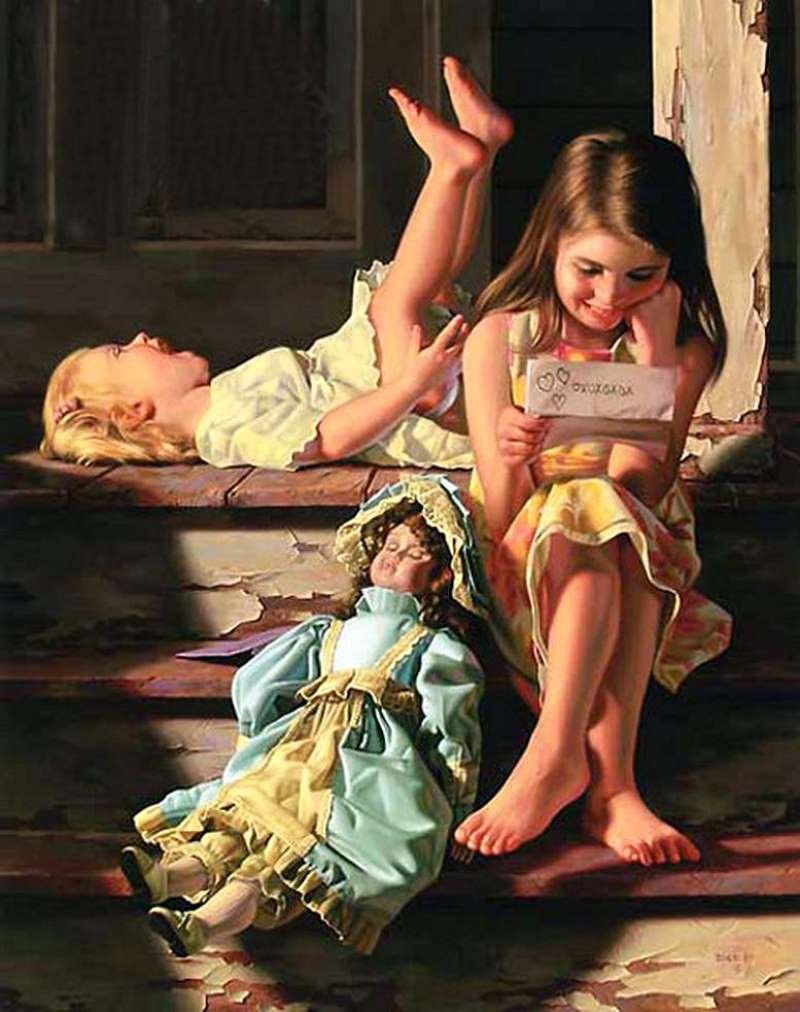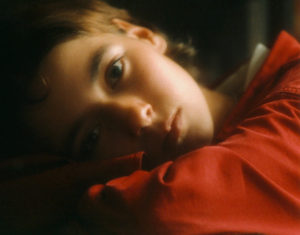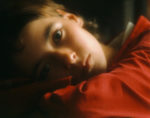
All the Year Round was a weekly literary magazine founded and owned by Charles Dickens, published between 1859 and 1895 throughout the United Kingdom. It was edited by Dickens until shortly before his death in 1870, and then his eldest son Charles Dickens, Jr. took over the magazine.
The following poem was published anonymously in its issue of August 21, 1886. It is a beautiful declaration of love addressed to a child. Although the author does never tell the child’s gender, the words “like a Queen” make it clear that it is a girl.
The child, in her blissful innocence, is glorified and exalted by the poet’s love. Given his age, he cannot share her childish plays, he knows the worries of adulthood and has to work for a living. But he can offer her a loyal and lifetime long love.
A LOVE LETTER.
“AND do you think of me
When you and I are far apart,
All day, and every day, my heart,
Wherever you may be?
And do you, with impatient pain,
Count all the days, and all the hours,
Until that time of sun and flowers,
When we shall meet again?”
I lay the letter down—
Ah me! my little childish love,
Life’s April skies are blue above
Thy path, and spring flowers crown
The unbound beauties of thine hair;
Life’s April daisies kiss thy feet,
Life’s April song-birds clear and sweet
Sing round thee everywhere.
All life is new to thee;
Thy childish tasks are scarce set by,
Thy childish tears are hardly dry,
Thy merry laugh rings free;
Love met thee suddenly one day
Among thy toys, he kissed thine eyes,
And in a rush of sweet surprise
The child soul slipped away.
Now love fills all thine heart,
It glorifies life’s simple round,
It sets thee, robed, anointed, crowned,
And like a Queen, apart,
Above all common blame and praise;
Ah love! God giveth, giving thee,
The grace of vanished years to me,
The joy of bygone days.
Yet change the years have wrought;
I cannot count the days and hours,
Nor play, like thee, with daisy flowers
At “loves me, loves me not;”
My heart and I are past our spring,
Youth’s morning prime, all rose and gold,
With pains and pleasures manifold,
Life once, but once, doth bring.
I love thee, little one,
With all the passion of my soul,
Firm as the fixed, unchanging pole,
And fervent as the sun;
But, child, my life is not as thine,
The world must have her share of me,
I cannot sit at ease like thee
Beneath love’s spreading vine.
I must be up, and hold
My own in that unceasing strife
Whereby man wins his bread of life,
His share of needful gold;
I have my share to win and keep,
My share and thine, to make a home
For thee and me in years to come,
Ah love! true love lies deep!
I cannot count like thee
The hours and minutes as they fleet,
Nor loiter in the busy street,
As thou beside the sea,
To picture meetings far away;
But I can love a lifetime long,
With love that will be leal and strong,
And green when life is grey.
I do not pause to tell
The minute-beatings of my heart,
In crowded street and busy mart,
Yet know I all is well:
So, like the heart within my breast
Thine image lies, and broods above
Its faithful pulses. Oh! my love,
So sheltered, be at rest!
Source of the poem: All the Year Round — A Weekly Journal conducted by Charles Dickens, Series 2, Volume 39, No. 925, August 21, 1886. Available online on Wikimedia Commons and on Internet Archive. The poem is on page 61.
The poem was reprinted in Littell’s Living Age, an American general magazine largely consisting of selections from various English and American magazines and newspapers, in Volume 170 (5th Series, Volume 55), Issue 2205, September 25, 1886. Available online on Cornell University Library. The poem is on page 769.
This poem has been reprinted in the collection Amours Enfantines by François Lemonnier, I discovered it in this source.


L’amour exprimé dans un beau poème d’un homme pour sa petite déesse chérie. Magnifique. Girlover un jour, girlover toujours. Vive l’amour des petites filles que l’on aime tendrement.
Nice post, nice poem. I wonder about two things. How do you discover such a specific poem? And how can it be possible that such a poem was published at the time? Or was it interpreted differently?
See the post’s last line: I discovered the poem in Lemonnier’s Ebook, then I made an Internet search for sources. In Victorian times, non-sexual love between adults and children, even out of family, were acceptable; they were not obsessed in seeing sex everywhere like now.